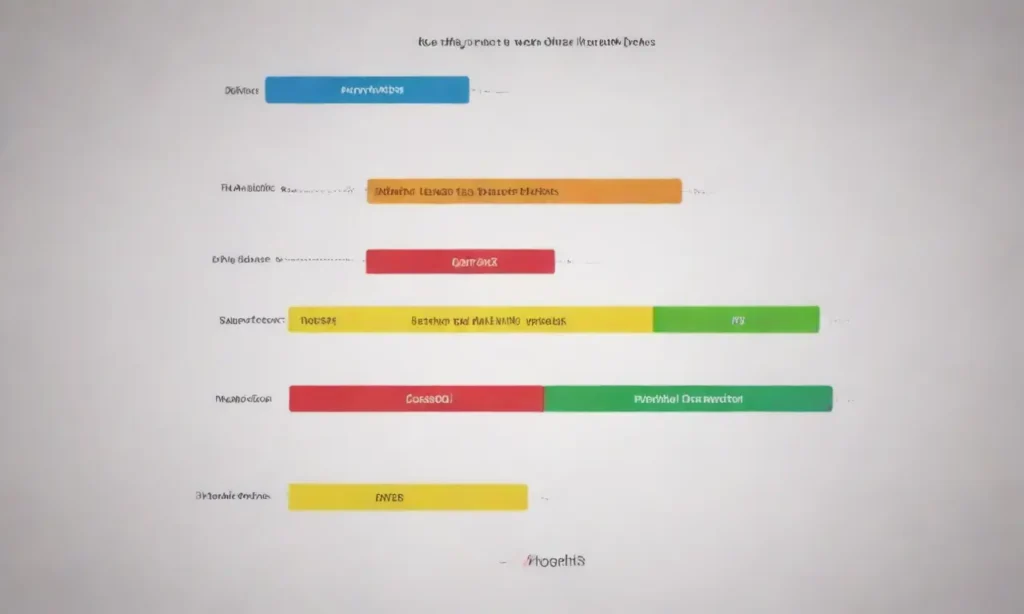
Interpretable Machine Learning in Language Translation Algorithms

Introduction
In the rapidly evolving field of artificial intelligence, interpretable machine learning (IML) has emerged as a pivotal area of interest, particularly in the context of complex models used in tasks like language translation. Language translation algorithms, especially those powered by deep learning, often function as black boxes, where the intricate operations within the model are impenetrable to human understanding. This opacity can raise significant challenges, not just in trust and accountability, but also in improving model performance. This article delves into the concept of interpretable machine learning and its critical role in the language translation domain, outlining techniques, benefits, and the challenges faced in the quest for interpretability.
The landscape of machine learning has dramatically transformed with the advent of neural networks and deep learning architectures, enabling not only translation accuracy but also improved automation across different languages. However, while these advancements have produced impressive results, they have simultaneously highlighted the need for interpretability in these models. This article aims to unpack what IML means in the context of language translation, exploring practical frameworks, techniques for achieving interpretability, and the implications of these interpretations for developers and end-users alike.
The Need for Interpretability in Language Translation
The quest for interpretability in language translation algorithms stems from various factors, including the need for transparency, trust, and the ability to debug models. As these models are increasingly utilized in critical applications, such as diplomatic communications, legal translations, and customer service interactions, stakeholders demand a clear understanding of how decisions are made—translating a phrase from one language to another is not just a technical task; it has serious implications directly impacting human lives.
In an environment where a slight error can lead to misunderstandings, the lack of transparency can foster scepticism and distrust among users. For instance, if a translation model manifests a distinct bias in translating gender-neutral language, it can lead to reputational damage for a company relying on such a system, not to mention potential legal ramifications in sensitive scenarios. Hence, interpretability becomes essential. By understanding how models arrive at specific translations, developers can gain insights into inherent biases or weaknesses, making it easier to enhance the model's robustness and minimize errors.
Understanding the Impact of ML on Automated Language TranslationAnother crucial aspect is the ability to debug or improve algorithms. Just as engineers need to understand the mechanics of an engine to tune it for better performance, language translation systems require clear pathways to understand errors if they are to be efficiently revised. IML provides insights into which features are most significant during translation, enabling linguists and data scientists to iteratively refine their algorithms to address any shortcomings. This meticulous examination often leads to a synergy between linguistical subtleties and algorithmic enhancements.
Techniques for Achieving Interpretability
Various techniques have been developed to achieve interpretability in machine learning, specifically tailored to the unique challenges posed by language translation algorithms. Among the most prominent are attention mechanisms, feature importance analysis, and visualization techniques.
Attention Mechanisms
One of the groundbreaking techniques that has revolutionized language translation is the concept of attention mechanisms. This architecture allows the model to weigh the importance of different words in the source sentence while generating the translation. For instance, in translating a complex sentence, the model can focus on relevant parts of the source text rather than processing it as a whole.
By interpreting attention weights, researchers and linguists can understand which words in a sentence carry more influence on the translation outcome. For example, if a particular word in a source sentence receives a disproportionately high attention weight in the translated output, it indicates that those words may hold semantic significance in the translation process. This can provide clues for further refinement of the model, fostering a two-way dialogue between linguists and machine learning practitioners about the nuances of language.
Best Practices for Implementing ML in Language Translation ToolsFeature Importance Analysis
Another effective strategy for enhancing interpretability involves conducting feature importance analysis, where specific features of the input data are assessed for their contributions to model predictions. For language translation, this could mean pinpointing various linguistic attributes, such as syntax structure, context, and even cultural nuances, that influence translations.
By utilizing algorithms such as SHAP (SHapley Additive exPlanations) and LIME (Local Interpretable Model-agnostic Explanations), developers gain the ability to quantify the contribution of each feature in the output. For example, analyzing features that contribute to mistranslations can guide designers to adopt more refined linguistic rules or modify training data for future model iterations. This analytical approach serves a dual purpose: it boosts the system’s transparency while simultaneously augmenting its performance over time.
Visualization Techniques
Visualizing machine learning processes is another effective approach for attaining interpretability. Sophisticated tools such as Grad-CAM (Gradient-weighted Class Activation Mapping) and t-SNE (t-distributed Stochastic Neighbor Embedding) enable users to visualize model behavior during translation tasks. Such visualizations can represent how models process various linguistic structures, pulling insights from sentence embeddings that showcase relationships between words.
For language translation, these visualizations are instrumental in revealing how different words and phrases interrelate— whether in terms of contextual relevance or when appearing together in frequent contexts. They provide educational value for both developers and users, giving them insights on not just why a translation wasn't favorable, but also how this process unfolds, creating a more holistic understanding of the translation algorithm's dynamics.
Practical Applications of NLP in Language Translation AlgorithmsChallenges in Interpreting Machine Learning Models

Despite the benefits offered by interpretable machine learning in language translation, several challenges remain. These obstacles can complicate the process of gaining insights from these powerful models, demanding ongoing attention from researchers and practitioners alike.
Complexity of Language
One of the primary challenges lies in the intrinsic complexity of human languages. Natural languages are fraught with subtleties including idioms, metaphors, and varying dialects, making them difficult for models to capture accurately. For instance, the word "light" can mean illumination or be used metaphorically to describe light-heartedness. This diversity threatens consistent interpretability; how a model interprets and translates words or phrases can vary widely based on context.
Consequently, while efforts may be made to explain why a translation is produced in a certain way, the multifaceted nature of language can render such explanations inadequate or ambiguous. Models can sometimes generate responses that obscure the true intentions of the input, further blurring the lines of clarity that IML strives to uphold. As a result, establishing a universal framework for interpretability that applies across languages remains an ongoing challenge for its advocates.
Utilizing Machine Learning for Contextual Language Translation EnhancementsUser Expectations and Misinterpretations
There is also a notable gap between user expectations and the actual capabilities of translation models. Many users approach language translation tools with a preconceived notion of the accuracy and fluency expected of them, often overlooking the myriad ways meaning can be altered through syntax and semantics. This disparity can lead to misinterpretations of model output despite interpretability efforts.
For instance, while an attention mechanism might highlight relevant words in the source text, a user could misread the model’s attention pattern as indicating flawless translation quality, when, in reality, the generated output may still fall short. Consequently, establishing clear communication about the limitations of these models becomes paramount. It is vital for stakeholders to engage in open discussions about what interpretability can and cannot promise, primarily to manage user expectations effectively.
Computational Costs of Interpretability
Moreover, there is often a trade-off between interpretability and performance. More transparent models might sacrifice some level of efficiency, leading to increased computational costs and potentially lower accuracy in translation compared to more complex models. Explaining the detailed mechanisms of decision-making may require more resources, time, and data rather than merely producing immediate results. In high-stakes situations, where rapid translations are required, this can pose significant dilemmas.
As the field advances, developers must navigate this tension, making strategic choices to balance the dual demands of performance and interpretability. Continuous research and innovation are essential for overcoming these intrinsic challenges while advancing the objectives of trustworthy and effective language translation.
Conclusion
The intersection of interpretable machine learning and language translation algorithms represents a fundamental stride toward improving the transparency and efficiency of these powerful tools. As machine learning continues to evolve, it becomes ever more critical to cultivate systems that not only deliver high-quality translations but also demystify the processes behind these outputs.
With techniques such as attention mechanisms, feature importance analysis, and innovative visualization methods, researchers can produce insights that help explain model behavior and foster trust among users. By addressing the various challenges—such as the complexity of language, user expectations, and computational costs—stakeholders in the field can work toward enhancing the robustness of these systems.
As we move forward, the integration of interpretability in language translation will likely yield a more nuanced understanding of both machine learning models and human language. Ultimately, the pursuit of interpretable machine learning will not only bolster the efficacy of language translation but will also bridge the gap between machine outputs and human comprehension, ensuring that technology serves its ultimate purpose: to facilitate communication and connection across cultures and languages.
If you want to read more articles similar to Interpretable Machine Learning in Language Translation Algorithms, you can visit the Language Translation Tools category.



You Must Read